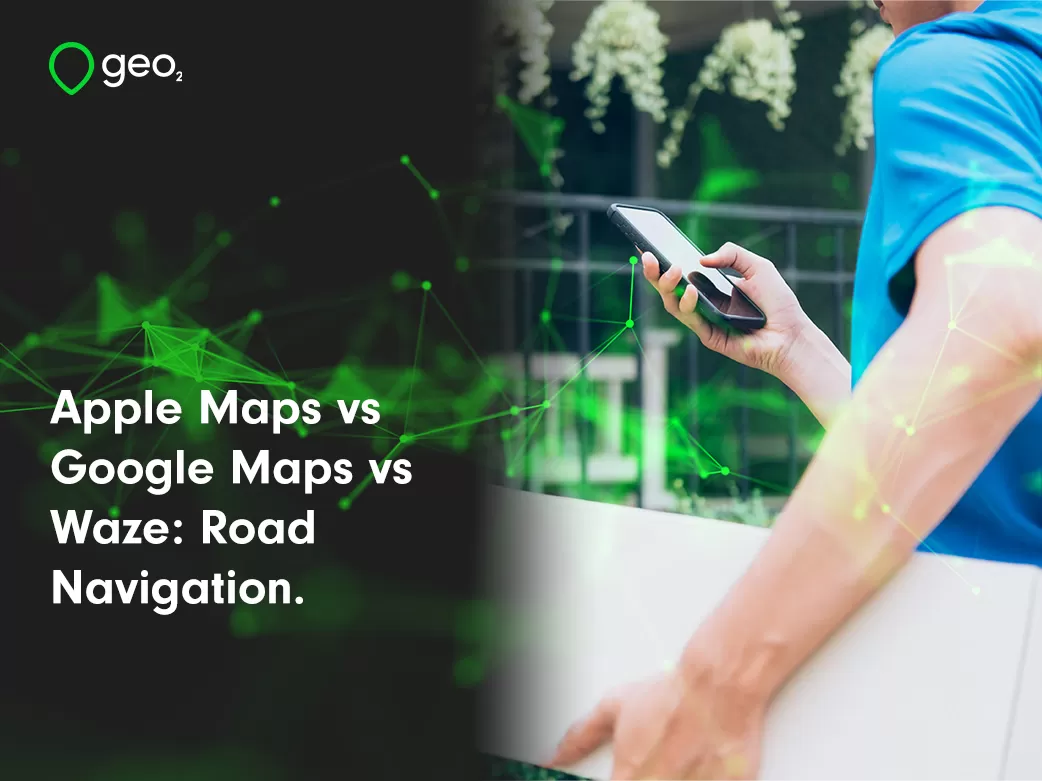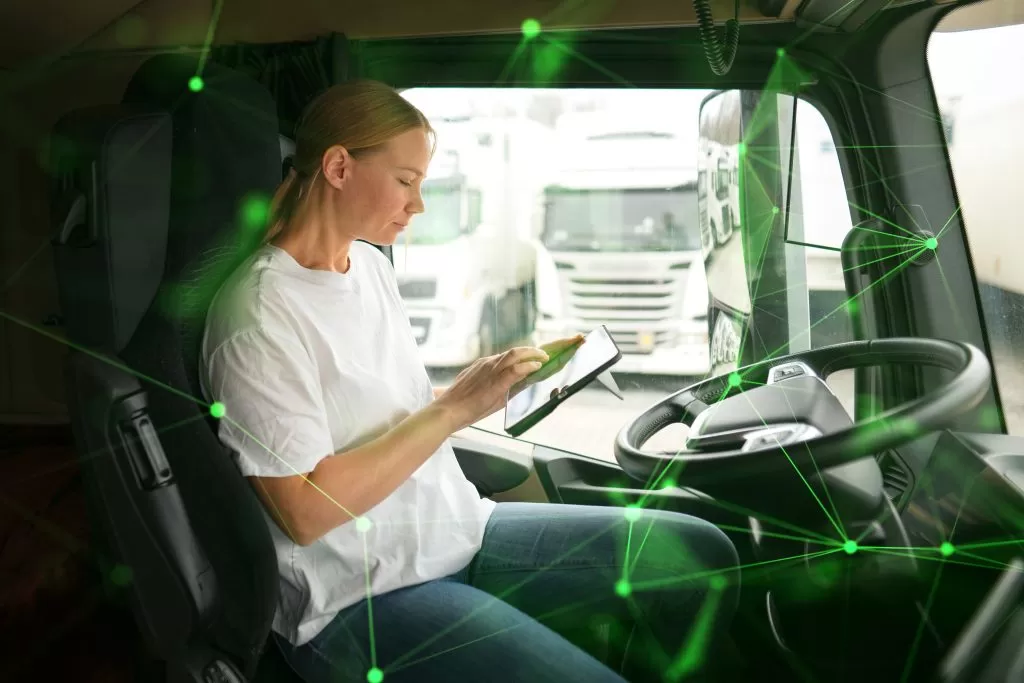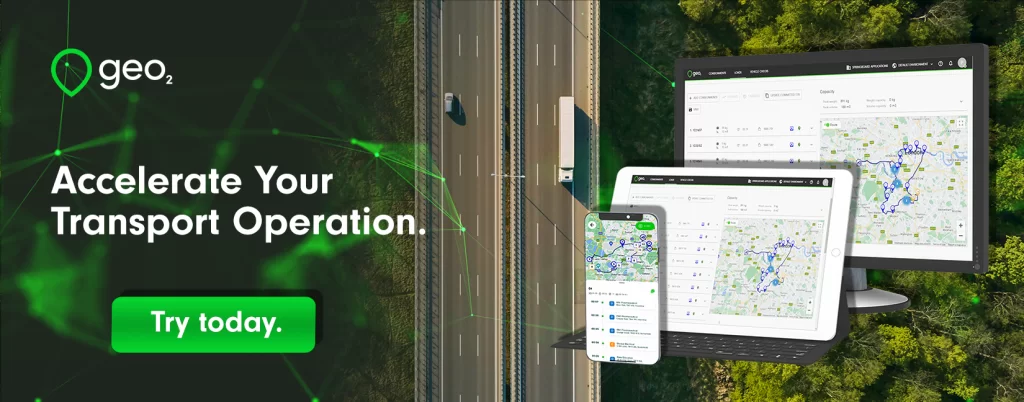
Many navigation tools exist, like Apple Maps, Google Maps, and Waze. It’s important to know what makes each one different. This blog post will look at their features, how easy they are to use, and how they work. This way, you can decide which one is best for you.
Table of Contents.
Apple Maps.
Features and Functionality
Apple Maps is a user-friendly app for iOS devices. It gives you directions, shows real-time traffic, and offers different routes. The app’s clear design makes following directions simple. It also gives public transport info in some cities, making it a great choice for city travel.
User Experience and Preferences
Apple Maps focuses on making things easy for users with its simple design and connection to Apple products. People like how the app can be used on different Apple devices, which is handy for those who use a lot of Apple stuff. Even though the app has improved over time, some people think it isn’t as accurate as other map apps, especially in the countryside.
Unique Features
One cool thing about Apple Maps is the Flyover view. It shows 3D images of big cities so you can see them in a new way. It also has a Look Around feature, like Google Street View, so you can check out streets before you go there.
Apple Maps vs Waze
When comparing Apple Maps and Waze, Apple Maps looks nicer, but Waze is better for real-time traffic updates. Waze users like its alerts for road closures and speed traps, which Apple Maps doesn’t have.
Apple Maps vs Google Maps
In the competition between Apple Maps and Google Maps, Google Maps usually wins because it has more information and accurate traffic details. But Apple Maps looks nicer, especially for people using iOS devices.

Google Maps.
Features and Functionality
Google Maps is well-known for its detailed maps and useful features. It gives real-time traffic updates, public transport info, and suggests different routes. You can also use offline maps, so you can find directions even without internet.
User Experience and Preferences
Google Maps is popular because it is reliable and accurate. It works well with other Google services like Google Assistant and Android Auto, making it more useful. However, some users think the app’s interface is too crowded compared to Apple Maps.
Unique Features
Google Maps has a special feature called Street View that shows pictures of streets from all over the world. This is really helpful for travelers who want to see what a place looks like before visiting. Google Maps shows details about businesses, like reviews and photos. This helps users learn more about places they are interested in.
Google Maps vs Waze
When comparing Google Maps and Waze, Google Maps is great for detailed directions and information. Waze, on the other hand, is known for giving real-time traffic updates from other users. Waze is useful for finding speed traps and road closures, while Google Maps has these features too, but they are not its main focus.
Google Maps vs Apple Maps
In the debate between Google Maps and Apple Maps, Google Maps usually comes out on top because it has a lot of data and is very accurate. But Apple Maps is still a good choice for people with Apple devices because it works well with them.

Table of Contents.
Waze.
Features and Functionality
Waze is a special navigation app that uses information from its users. It gives directions, updates on traffic, and warns about accidents and road issues. Users can report problems, so the app is very good at keeping up with what’s happening on the roads right now.
User Experience and Preferences
Waze users like that it gives real-time traffic updates and personalized routes. The app’s fun design and game-like features make it engaging. However, some people find the frequent alerts distracting, especially on long trips.
Unique Features
Waze is known for its live traffic updates, thanks to user reports. The app also lets you connect with music streaming services so you can listen to your favorite songs while driving. Plus, Waze shows gas station prices to help you find the best deals on fuel.
Waze vs Apple Maps
When comparing Waze and Apple Maps, Waze is liked for its live traffic updates and info from users. Apple Maps looks nicer but doesn’t have the same live traffic alerts as Waze.
Waze vs Google Maps
When looking at Waze and Google Maps, Waze is great for real-time traffic updates from users. Google Maps, however, offers a complete map experience with detailed info on businesses and offline maps.

A Transport Management System (TMS).
Why a TMS is Better Suited for Transport Managers
While navigation apps like Apple Maps, Google Maps, and Waze are popular for personal use, they lack the specialized features that make TMS more suited for transport managers. These navigation apps primarily focus on individual directions and do not provide real-time tracking or fleet management capabilities. They also do not offer detailed data analysis for efficient logistics planning.
On the other hand, TMS integrates with a variety of logistics systems to provide comprehensive solutions for transport managers. This means that managers can access all their transportation data in one place and make informed decisions based on real-time information.
TMS Features That Benefit Transport Managers
1. Real-Time Tracking:
TMS allows transport managers to track their vehicles in real-time using GPS technology. This feature provides up-to-date information on vehicle location, speed, and route. With this information, managers can monitor the progress of their shipments and make necessary adjustments to ensure timely delivery.
2. Fleet Management:
Transport managers need to oversee a large number of vehicles in their fleet. TMS streamlines this process by providing a centralized platform for managing all aspects of fleet operations. Managers can schedule maintenance, track fuel consumption, and monitor driver performance through the TMS system.
3. Route Optimization:
TMS utilizes advanced algorithms to optimize routes for maximum efficiency. This feature takes into account factors such as traffic patterns, weather conditions, and delivery time windows to suggest the most efficient routes for drivers. By reducing travel time and distance, transport managers can save on fuel costs and increase productivity.
4. Real-Time Tracking:
With TMS, managers can track the location of their vehicles in real-time. This allows them to monitor delivery progress and ensure that drivers are sticking to their assigned routes. In case of any delays or unexpected changes, transport managers can quickly make adjustments and communicate with drivers through the TMS system.
5. Compliance Management:
Transport companies have strict regulations to follow when it comes to safety and compliance. TMS helps keep managers up-to-date on these requirements by providing reminders for regular vehicle maintenance and driver certifications. This ensures that all operations are in line with industry standards and can help avoid costly fines or penalties.
6. Cost Management:
Transportation costs can quickly add up for a company, especially when it comes to fuel expenses. TMS allows managers to track fuel usage and optimize routes to minimize costs. It also helps with managing other expenses such as vehicle repairs and driver wages, ensuring that the company stays within budget.
7. Reporting and Analytics:
Data is crucial in making informed decisions for any business. TMS provides detailed reports on various aspects of transportation operations, such as delivery times, vehicle usage, and fuel consumption. This data can be analyzed to identify areas for improvement and make strategic changes to increase efficiency.

Choosing Your Navigation Software
Selecting the right navigation software requires consideration of several key factors, primarily focusing on your specific needs and preferences. For everyday use, Google Maps and Apple Maps both offer comprehensive solutions, with Google Maps excelling in data accuracy and business integrations, while Apple Maps provides a seamless experience for iOS users.
If real-time traffic data, speed limits, alternate routes, and community-driven alerts are a priority, Waze offers unparalleled choice. Its responsive data, fueled by user contributions, makes it ideal for those seeking dynamic route adjustments and accurate arrival times.
For business or logistics applications, a Transport Management System (TMS) extends beyond basic navigation. It offers additional features like fleet management and route optimization tailored to professional requirements.
By evaluating aspects like interface usability, feature set, and system integration, users can choose a navigation solution that aligns with both personal and professional needs. This helps in effectively handling traffic jams.
Conclusion.
In the world of navigation apps, Apple Maps, Google Maps, and Waze each have special features for different users. Apple Maps is known for its clean design, Google Maps has a lot of detailed information, and Waze is great for real-time traffic updates. For transport managers, a TMS has special tools that help manage fleets better than regular navigation apps.
In the end, choosing between Apple Maps, Waze, and Google Maps depends on what you like and need. Knowing what each app is good and bad at can help you decide which one will make your trips and work better.
Frequently Asked Questions (FAQs)
Apple Maps looks nicer and works well with Apple gadgets, while Waze gives live traffic updates from users.
Google Maps is better to use offline because it has maps you can download and lots of details about businesses. Waze needs real-time data to work well.
A TMS gives you tools like tracking where vehicles are, picking the best routes, and managing a group of vehicles, all designed to help with transport operations.






